The Pyromagnetic Coefficient
What Is the Pyromagnetic Coefficient
The pyromagnetic coefficient is one of the basic factors used in studying magnetic materials. The pyromagnetic coefficient quantifies how the magnetisation of a material changes while its temperature approaches the Curie point. This coefficient is essential to explain how ferromagnetic materials behave thermally and transition to a paramagnetic state.
Magnetisation Curve and Temperature
The magnetisation curve represents the relation between a magnetic field applied and the magnetisation of the material. With rising temperature, because of the action of the pyromagnetic coefficient, the form of the magnetisation curve changes. The magnetisation falls sharply around the Curie point, demonstrating a strong change in magnetic properties.
Curie Point and Magnetic Properties
The Curie point defines the critical temperature at which a ferromagnetic material undergoes a phase transition into a paramagnetic state. Above this temperature, the thermal agitation surpasses the magnetic ordering, leading to permanent magnetisation loss. Knowing the Curie temperature is important in applications requiring materials to maintain magnetic properties under variable temperature conditions.
Formula of Pyromagnetic Coefficient
The pyromagnetic coefficient is mathematically defined as the rate of variation of magnetisation with respect to a change in temperature, under conditions of constant magnetic field:
β=1/M* (dM/dT)
Where:
• M is the magnetisation of the material.
• T is the temperature.
• dM/dT is the rate of variation of the magnetisation with temperature.
A positive pyromagnetic coefficient indicates that the magnetisation of the material increases under rising temperature, while a negative coefficient indicates a decrease in magnetisation due to increasing temperature.
Factors Affecting Pyromagnetic Behaviour
A number of factors affect the magnitude of the pyromagnetic coefficient:
- Magnetic Phase Transitions: Within a given temperature range, the material may undergo phase transitions, such as from ferromagnetic to paramagnetic. The value of the pyromagnetic coefficient can change substantially near such transitions, and temperature ranges have to be watched carefully.
- Material Composition: The nature of the magnetic material used, such as rare earth magnets, ferrites, or soft magnetic material, is important in determining the pyromagnetic coefficient. Alloys and doped materials may exhibit enhanced or reduced pyromagnetic responses depending on their composition.
- Crystal Structure: The internal arrangement of atoms within the crystal lattice of this material affects how temperature influences magnetisation. More ordered structures generally result in more predictable types of magnetisation behaviour with respect to temperature.
- Magnetic Anisotropy: Some materials have magnetic properties that are dependent on direction. For instance, the pyromagnetic coefficient in some materials is dependent upon the crystallographic direction of the magnetisation of that material.
Applications of the Pyromagnetic Coefficient
Understanding and utilising the pyromagnetic coefficient has wide applications in the following fields:
1. Magnetic Refrigeration: Pyromagnetic materials come into play in magnetic refrigeration, a technology that exploits the magnetocaloric effect. With a large pyromagnetic coefficient, magnetic refrigeration systems can realise more efficient cooling based on temperature-induced changes in magnetisation.
2. Energy Harvesting: Pyromagnetic materials in energy harvesting systems transform thermal energy into magnetic or electrical energy. Engineers are able to enhance energy efficiency by optimising the choice of materials that respond best to temperature variations by studying the pyromagnetic coefficient.
3. Magnetic Sensors: Devices for temperature or mechanical stress measurements may be enabled by the pyromagnetic coefficient, which allows for more accurate sensing in fluctuating-temperature environments. Pyromagnetic sensors have many applications in industries, automotive systems, and structural health monitoring.
4. Spintronic Devices: The pyromagnetic coefficient finds its application in the field of spintronics, which utilises the spin of electrons to process information. Controlling the magnetisation of materials for various temperatures allows researchers to improve the performance of such devices as magnetic memory storage and logic devices.
5. Material Design and Engineering: Based on the pyromagnetic coefficient, specific magnetic materials are designed by engineers and materials scientists with desired temperature-dependent properties. Such materials can be tailored for specialised applications in the field of electronics, automotive, and aerospace industries.
6. Magnetic recording media: Understanding the influence of temperature on magnetisation in the development of data storage devices, including hard drives and tapes, optimises the recording media design to ensure data integrity even under fluctuating environmental conditions.
Frequently Asked Questions
What is the pyromagnetic coefficient?
It measures the variation of a material's magnetisation with temperature.
Why is the Curie point important?
It designates the temperature at which a material becomes transformed from ferromagnetic to paramagnetic.
How does temperature affect the magnetisation curve?
With increasing temperature, magnetisation usually decreases and changes the form of the curve.
Can the pyromagnetic coefficient predict magnetic behaviour?
Yes, it helps predict how materials will react to changes in temperature.
What are the applications that rely on understanding the Curie point?
Electronics, magnetic storage, and temperature-sensitive magnetic devices.

 Bars
Bars
 Beads & Spheres
Beads & Spheres
 Bolts & Nuts
Bolts & Nuts
 Crucibles
Crucibles
 Discs
Discs
 Fibers & Fabrics
Fibers & Fabrics
 Films
Films
 Flake
Flake
 Foams
Foams
 Foil
Foil
 Granules
Granules
 Honeycombs
Honeycombs
 Ink
Ink
 Laminate
Laminate
 Lumps
Lumps
 Meshes
Meshes
 Metallised Film
Metallised Film
 Plate
Plate
 Powders
Powders
 Rod
Rod
 Sheets
Sheets
 Single Crystals
Single Crystals
 Sputtering Target
Sputtering Target
 Tubes
Tubes
 Washer
Washer
 Wires
Wires
 Converters & Calculators
Converters & Calculators
 Write for Us
Write for Us
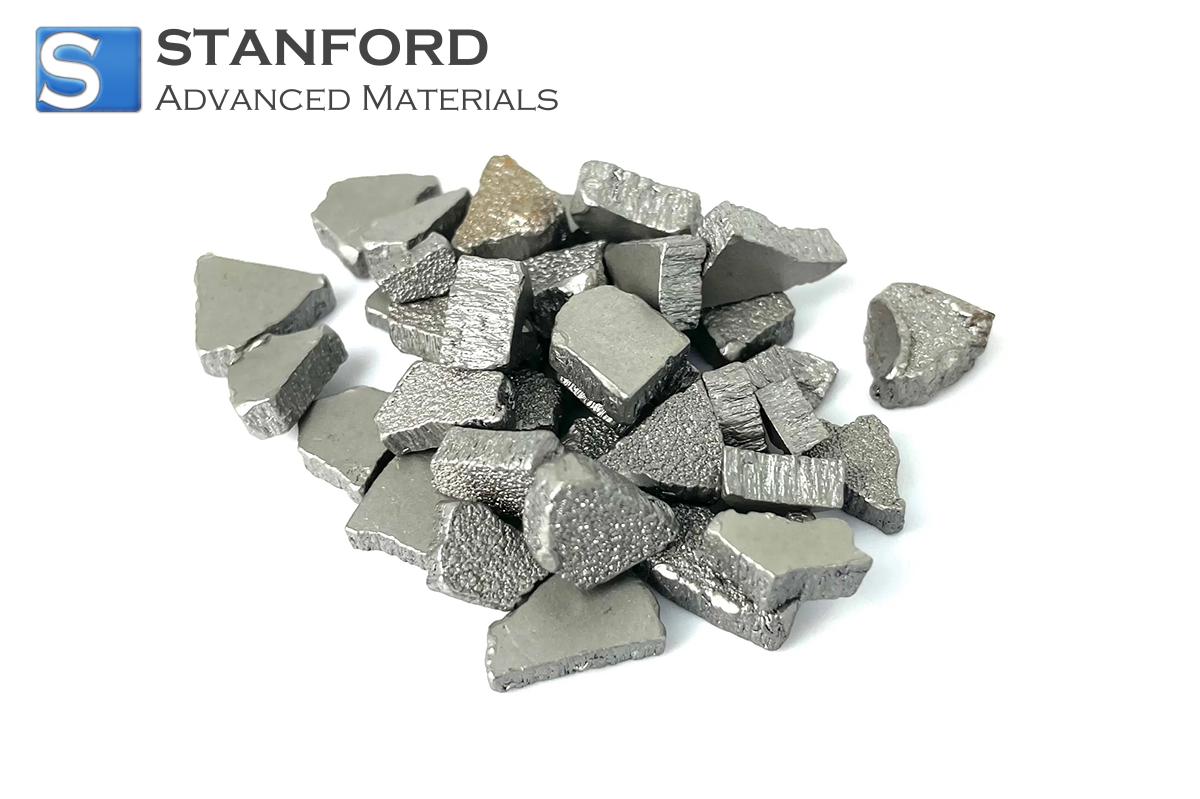
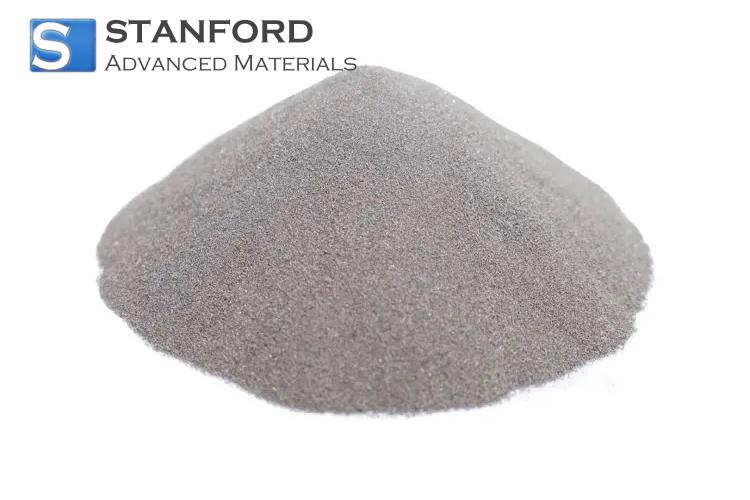
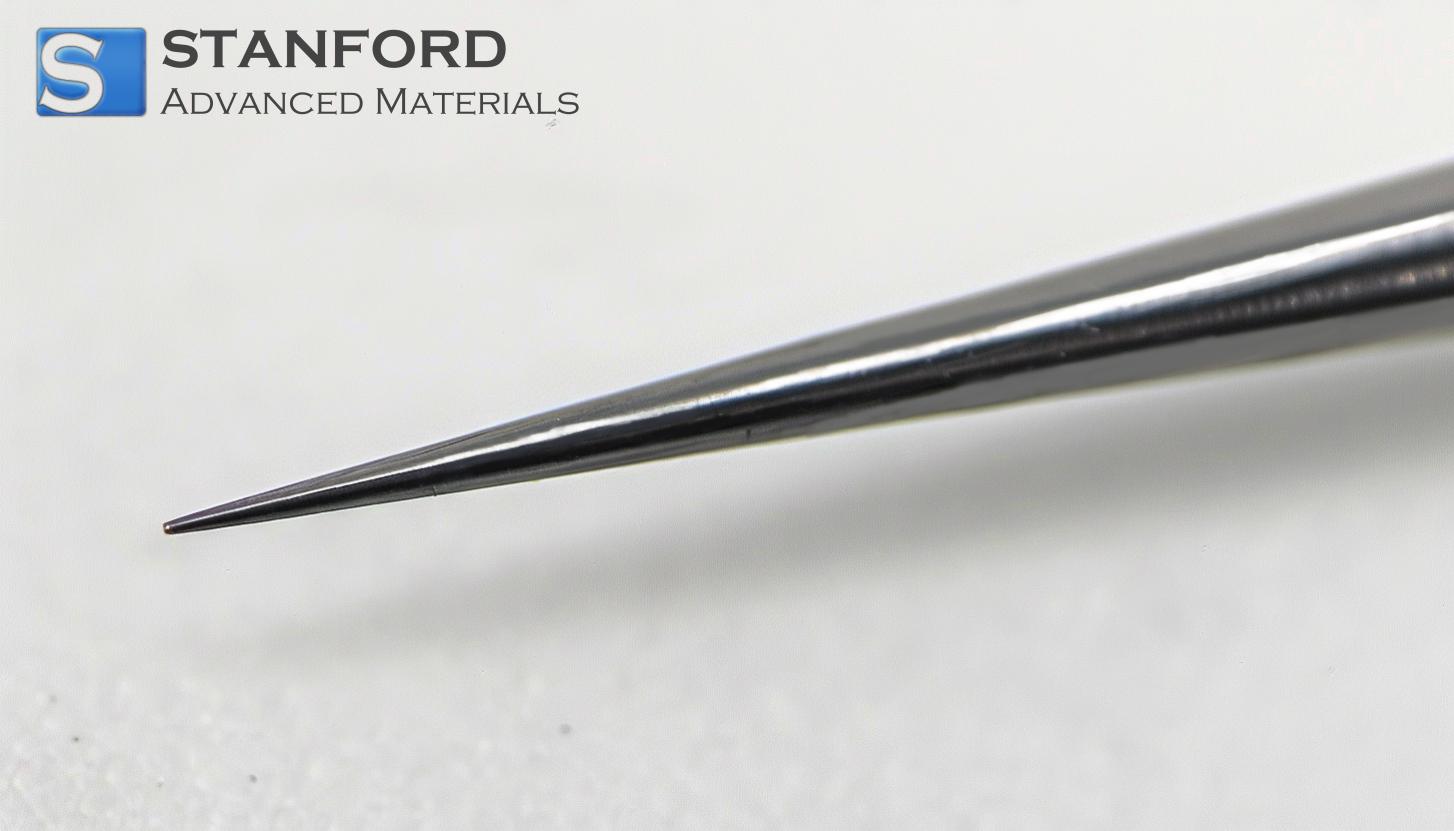
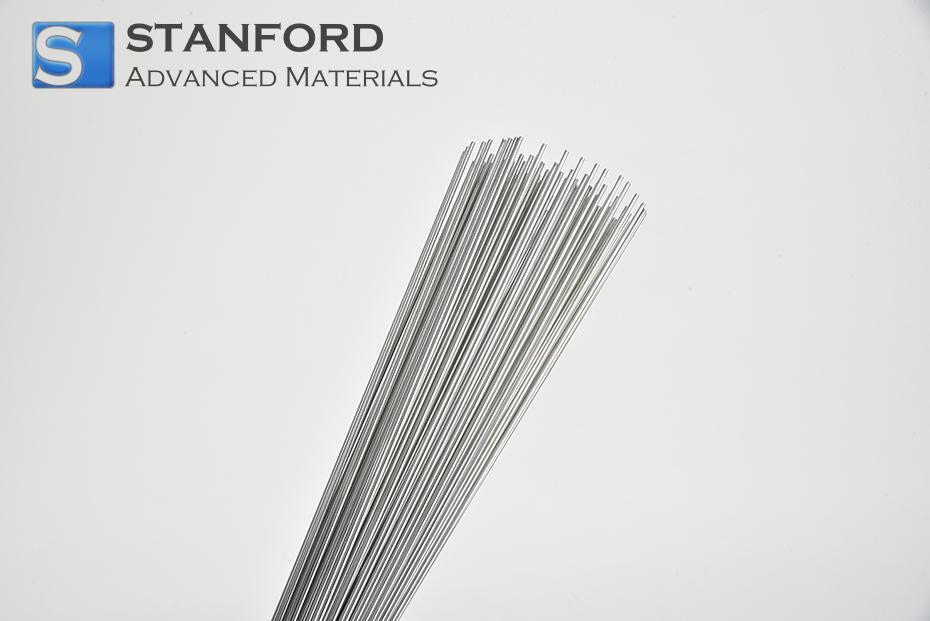
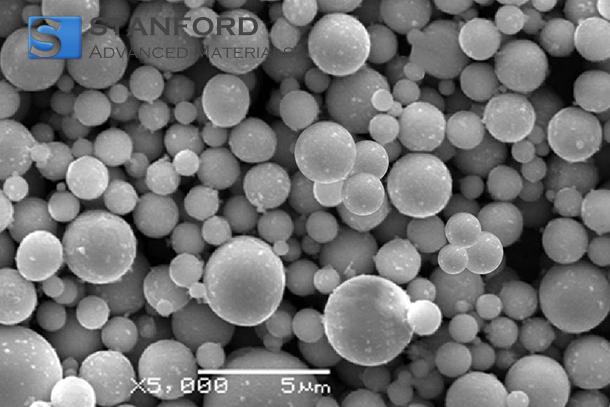
 Chin Trento
Chin Trento



